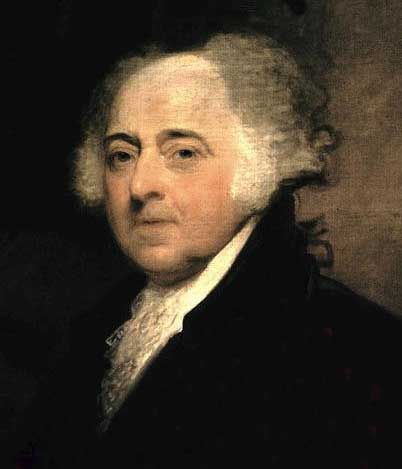|
32nd Congress
The 32nd United States Congress was a meeting of the legislative branch of the United States federal government, consisting of the United States Senate and the United States House of Representatives. It met in Washington, D.C. from March 4, 1851, to March 4, 1853, during the last two years of Millard Fillmore's presidency. The apportionment of seats in the House of Representatives was based on the Sixth Census of the United States in 1840. Both chambers had a Democratic majority. It was one of the least active Congresses, forwarding only 74 bills that were signed by the president. Major events * March 20, 1852: Uncle Tom's Cabin published. * July 1, 1852: Henry Clay was the first to lie in state in the United States Capitol rotunda. * November 2, 1852: 1852 United States presidential election: Democrat Franklin Pierce defeated Whig Winfield Scott. Major legislation * March 2, 1853: An act providing for administering the oath of office to William R. King, Vice Presi ... [...More Info...] [...Related Items...] OR: [Wikipedia] [Google] [Baidu] |
United States Capitol
The United States Capitol, often called The Capitol or the Capitol Building, is the seat of the legislative branch of the United States federal government, which is formally known as the United States Congress. It is located on Capitol Hill at the eastern end of the National Mall in Washington, D.C. Though no longer at the geographic center of the federal district, the Capitol forms the origin point for the street-numbering system of the district as well as its four quadrants. Central sections of the present building were completed in 1800. These were partly destroyed in the 1814 Burning of Washington, then were fully restored within five years. The building was later enlarged by extending the wings for the chambers for the bicameral legislature, the House of Representatives in the south wing and the Senate in the north wing. The massive dome was completed around 1866 just after the American Civil War. Like the principal buildings of the executive and judicial branches ... [...More Info...] [...Related Items...] OR: [Wikipedia] [Google] [Baidu] |
United States Capitol Rotunda
The United States Capitol rotunda is the tall central rotunda of the United States Capitol in Washington, D.C. It has been described as the Capitol's "symbolic and physical heart". Built between 1818 and 1824, the rotunda is located below the Capitol dome, which was built between 1857 and 1866. The rotunda is connected by corridors leading south to the House of Representatives and north to the Senate chambers. To the immediate south is the semi-circular National Statuary Hall, which was the House of Representatives chamber until 1857. To the northeast is the Old Senate Chamber, used by the Senate until 1859 and by the Supreme Court until 1935. The rotunda is in diameter, rises to the top of its original walls and to the canopy of the dome, and was visited daily by thousands of people before the COVID-19 pandemic. The space is a national showcase of art, and includes numerous historical paintings and sculptures. It is also used for ceremonial events authorized by concurrent ... [...More Info...] [...Related Items...] OR: [Wikipedia] [Google] [Baidu] |
President Pro Tempore Of The United States Senate
The president pro tempore of the United States Senate (often shortened to president pro tem) is the second-highest-ranking official of the United States Senate, after the Vice President of the United States, vice president. According to Article One of the United States Constitution, Article One, Section Three of the United States Constitution, the vice president of the United States is the Presiding Officer of the United States Senate, president of the Senate (despite not being a senator), and the Senate must choose a president ''pro tempore'' to act in the vice president's absence. The president pro tempore is elected by the Senate as a whole, usually by a resolution which is adopted by unanimous consent without a formal vote. The Constitution does not specify who can serve in this position, but the Senate has always elected one of its current members. Unlike the vice president, the president pro tempore cannot cast a tie-breaking vote when the Senate is equally divided. The p ... [...More Info...] [...Related Items...] OR: [Wikipedia] [Google] [Baidu] |
President Of The United States Senate
The vice president of the United States (VPOTUS) is the second-highest officer in the executive branch of the U.S. federal government, after the president of the United States, and ranks first in the presidential line of succession. The vice president is also an officer in the legislative branch, as the president of the Senate. In this capacity, the vice president is empowered to preside over Senate deliberations at any time, but may not vote except to cast a tie-breaking vote. The vice president is indirectly elected together with the president to a four-year term of office by the people of the United States through the Electoral College. The modern vice presidency is a position of significant power and is widely seen as an integral part of a president's administration. While the exact nature of the role varies in each administration, most modern vice presidents serve as a key presidential advisor, governing partner, and representative of the president. The vice president is ... [...More Info...] [...Related Items...] OR: [Wikipedia] [Google] [Baidu] |


